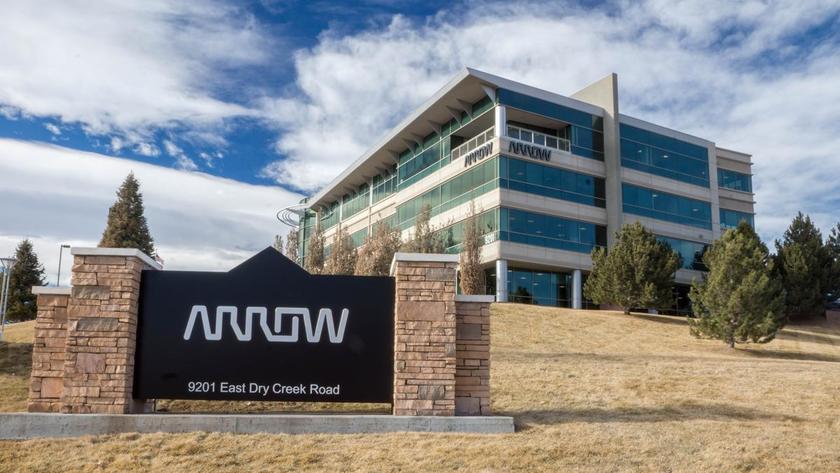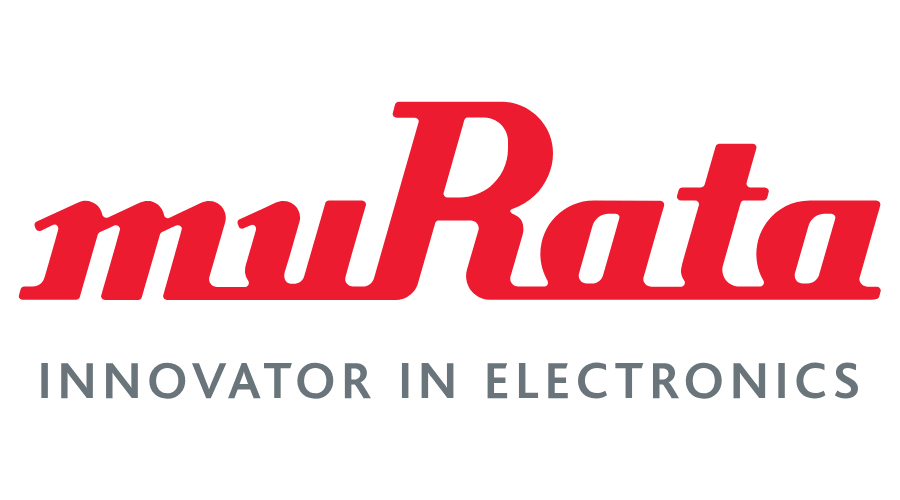Arrow Electronics – Story of a company from Radio Row to the Fortune 500 list.
Arrow Electronics is a very famous Fortune 500 company established in the electronics industry. The company mainly focuses on distribution and other value-added services of various electronic components. Currently, Arrow Electronics is the largest US company in terms of total revenue. The journey of this multinational conglomerate began with a retail store in Manhattan opened by Maurice Goldberg in 1935. Today, the headquarters of the company is based in Centennial, Colorado. It is a publicly traded company with more than 19,000 employees. Michael J. Long is the present CEO and President of the company.
The Founding Story Of Arrow Electronics
In 1935, Maurice Goldberg opened a retail store called Arrow Radio on Cortlandt Street. This place was situated in lower Manhattan and it was very famous for Radio Row where the distribution of various electronic components began. Maurice established Arrow Radio to sell radios and various radio parts to retail customers. The sale for both radio and its parts peaked during the 1940s and the company decided to seek a franchise to sell new parts. Apart from selling radios from companies like Philco, GE, and RCA, two companies including RCA and Cornell Dubilier first franchised Arrow. Finally, the organization, Arrow Electronics was incorporated in 1946.

Expansion Of Arrow Electronics
After Arrow Electronics was incorporated, the company received some additional franchises in the 1950s and started selling electronic components to industrial firms. Since the sales of the company were increasing it decided to open another office in Long Island in 1956. The company decided to file its first IPO in 1961 and thus it was able to list its share in the American Stock Exchange. During this time, the total sales of the company summed up to $4 million.
Gradually, the industrial division of the company started to dominate as industrial customers were more in number. The expansion continued as Arrow Electronics opened additional offices in New Jersey, Totowa, Norwalk, and Conneticut. In the 1960s, Company shifted its headquarters to Farmingdale, New York, and gain in 2011 shifted to Colorado.
In 1968, there was a change in the ownership of Arrow Electronics as three graduates from the Harvard Business School, Glenn, Green, and Waddell acquired the controlling interest of the company. These three investors led a private investor group and they acquired Arrow as they saw it as an opportunity to consolidate the fallen pieces of the electronics industry. In the early 1970s, Company ranked 12 in the list of US electronics distributors while Avnet topped the list.
This decade also witnessed the growth of Arrow’s electronics business as it won the semiconductor franchises led by Texas Instruments. During this time the company opened 20 new sales offices in the US. By the end of the decade, the electronics distribution business of Arrow was a big hit and the sales escalated to $177 million. From number 12, the company became the second-largest electronics distributor in the US.
Present Days
Through frequent public bond offerings, the company tried to fund its growth along with some acquisitions. Till the end of the 1960s, Arrow continued its retail operation and it ceased to operate in the 1970s. Arrow exclusively focused on the electronics business and established a real-time computer system to make the business more productive. In 1979, the company was listed on the New York Stock Exchange and by the end of the year, it made a major acquisition that helped it gain customers from the Western US. The acquisition of the company continued as it acquired Kierulff Electronics to adopt a new growth strategy.
During this time, Stephen Kaufman, a former partner of McKinsey & Company joined Arrow as the President of the Electronics Distribution Division. And, it was under his leadership that the company expanded into Europe and the Asia-Pacific region. It also completed acquiring more than 50 companies and reached global sales of $9 billion at the beginning of the 21st century.
Michael J. Long – CEO
Michael Long joined Arrow Electronics in 1991 when the company merged with Schweber Electronics. In 1994, Long became the President of Capstone Electronics, a company under Arrow and in May 2009 became the CEO of Arrow Electronics. Long has a business degree from the University of Wisconsin.

Annasha Dey is an NIT student, who apart from studying engineering is also a content writer. She has a great interest in photography, writing, reading novels, and travelling as well. She is a foodie who loves socializing and hanging out with her friends. She is also a trained Kathak dancer and a big fashion enthusiast. Dey also loves watching TV series, which includes F.R.I.E.N.D.S. and Big Bang Theory. To be a better writer she prefers to read more
